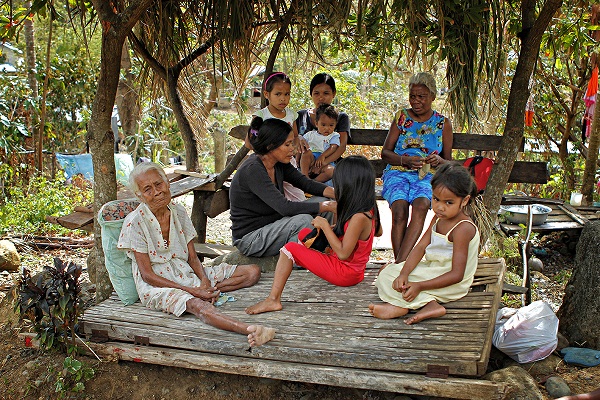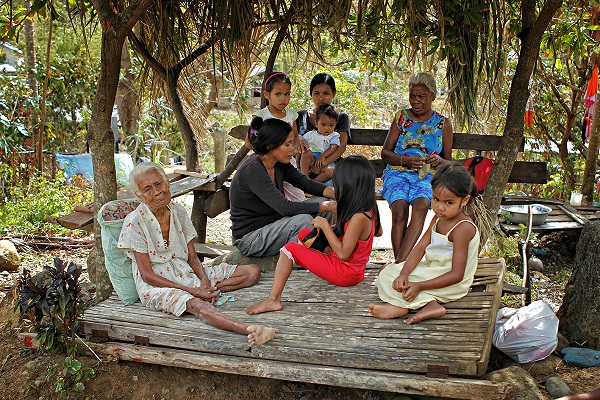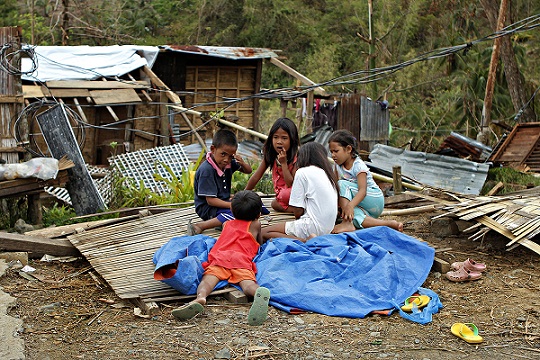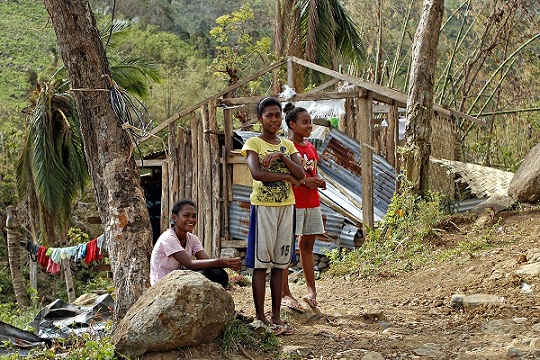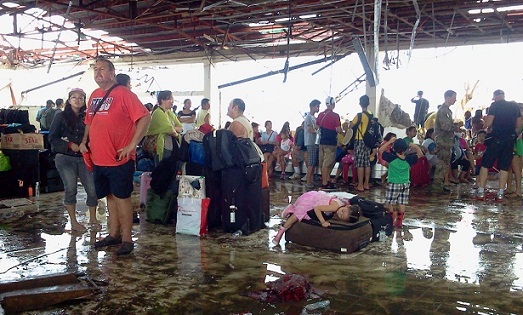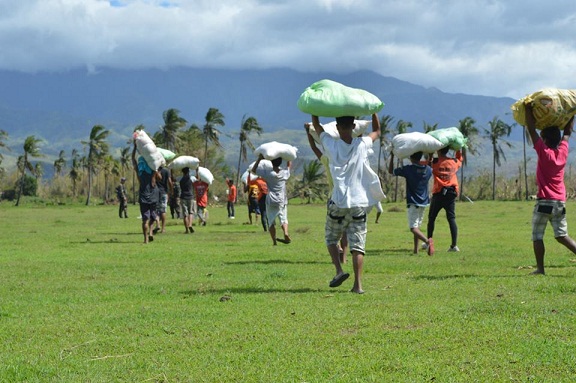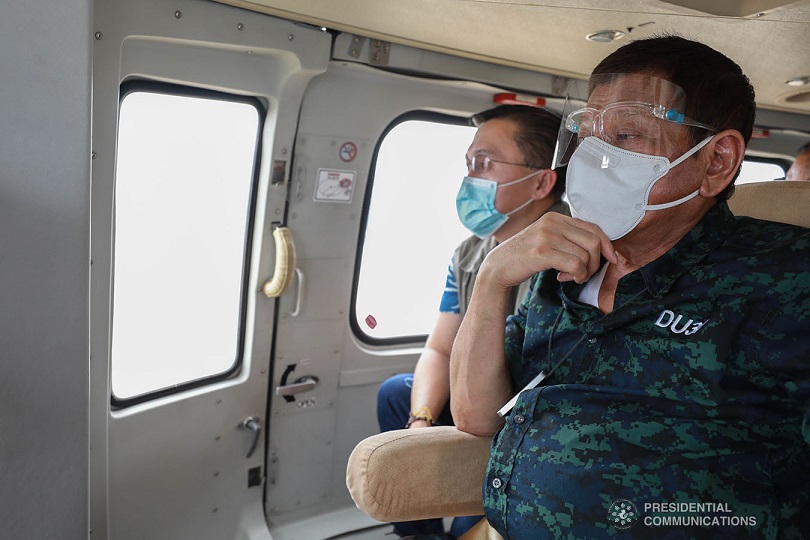By JONATHAN P. JURILLA AND HAZEL P. VILLA
Photos by JONATHAN JURILLA
BAROTAC VIEJO, Iloilo – Before typhoon Yolanda struck, the Aetas were looking forward to the ripening of their alamid coffee beans that they expect the civet cats to eat so that in turn they would gather the cat’s precious feces to be processed into alamid coffee, the world’s most expensive coffee.
Yolanda, known internationally as Haiyan, barreled at 235 kph through the indigenous tribe settlement – 200 hectares of watershed and 40 hectares for their shelters and school- early morning of Nov. 8.
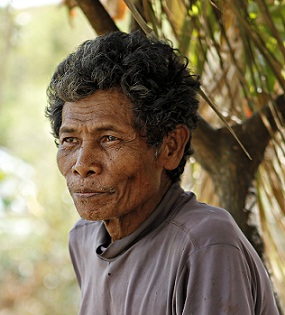 When Yolanda left, the Aetas’ settlement was a wasteland, the alamid coffee beans were all blown away.
When Yolanda left, the Aetas’ settlement was a wasteland, the alamid coffee beans were all blown away.
The production of Alamid coffee known internationally as kopi luwak is a new project of at least a thousand Aetas, an indigenous people group living in the area since the 1950s. The government has reserved Sitio Nagpana, about 12 kilometers away from the town proper of Barotac Viejo, for them.
Originally a nomadic, foraging tribe, Nagpana residents now work as farmers, charcoal makers, weavers, or sugarcane workers.
As beneficiaries of the Comprehensive Agrarian Reform Program (CARP)the department of Agrarian Reform help them develop livelihood programs such as producing alamid coffee which sells at P8,000 to P12,000 or approximately US$183 to US$ 274 per kilo.
Pastor Jessie Elosendo, head minister of Severo Elosendo Memorial Baptist Church who is himself an Aeta, recounted that when Yolanda slammed Nagpana, everybody scampered to the nearby church and school building for shelter, leaving their homes made of wood, bamboo, and leaves to the mercy of the powerful winds.
“Although the church was partially damaged, we all took shelter here because, at least, it was sturdier compared to our houses,” he related.
Elosendo said the loss of their homes and whatever possessions they have has exposed the Aetas tribe to harsh weather conditions, and worse, hunger. They badly need assistance.
“So far, we received relief goods only once,” lamented Alejandra Paudin, a 90-year-old Aeta. That was assistance brought by Iloilo Vice Governor Raul Tupas two days after the storm.
The Aetas said they need e cooking wares and kitchen utensils since most of these were washed away by the typhoon. They are also asking for other construction materials, especially nails, to rebuild their homes.
Nonagenarian Paudin also said it’s difficult to find men to help her rebuild her small house because they are out in the sugar cane fields earning daily wages.
Roy Magbanua, 33, one of those who had to work in the sugar cane fields explained, “We have to or else we won’t have money to spend for our needs.”
A medical mission was also conducted last November 20, 2013 by Operation Renewed Hope, a non government organization from the United States, through the efforts of Elosendo Memorial Baptist Church. The same organization brought along with them an American doctor to examine the tribe members.
(This story is produced by Yolanda Story Hub Visayas, a citizen journalism portal.)
